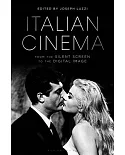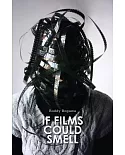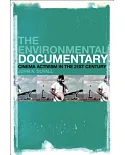This book is a journey to the Italian cinema that overturns established views and opens up new perspectives and interpretations. Its itinerary is organized in four stages. The first is
an analysis of the theories of Cesare Zavattini on neorealism which overturns widely accepted positions both on Zavattini and on neorealism. The second confronts a key film of the post-war
Italian cinema, Roberto Rossellini’s Paisà, by examining the nature of its realism. The third is dedicated to Luchino Visconti: to questions of the use of language exemplified in his
La terra trema, the use of settings, costume and light as agents of meaning in his Il Gattopardo and Vaghe stelle dell’Orsa. The final voyage of the film is to the
physical and symbolic construction of heaven and earth in the work of Pasolini. Particular attention is given to the representation of the body in his last four films: the grotesque and
mythical bodies in popular tradition in his Trilogia di vita and the tortured bodies destroyed by the mass media in Salò.





















